Natural materials for bioplastics can completely decompose in the natural environment, ensuring a sustainable future for various industries. When a substance is truly biodegradable, it should break down completely without leaving any behind after a year.
More and more manufacturers and businesses acknowledge the importance of these recyclable and eco-friendly materials. Therefore, we include in our article a list of natural materials that can be used in manufacturing to ensure sustainable life. Let's scroll down for more!
Read more:
1. Which Natural Materials Used For Bioplastics?
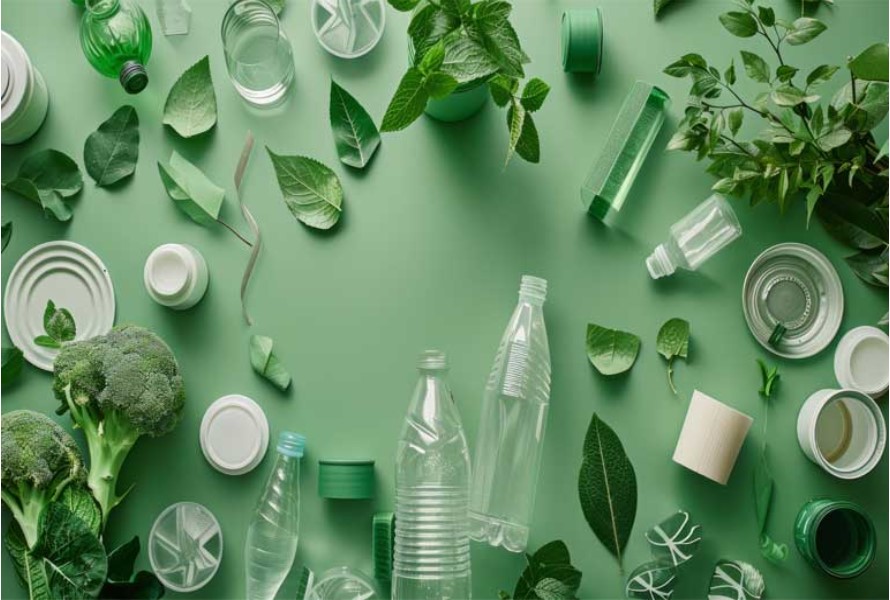
Bioplastics
1.1. Cellulose-based Bioplastics
Cellulose acetate, nitrocellulose, and cellulose esters—found in plant materials, including forestry waste and agricultural byproducts—are the fundamental components used to make cellulose polymers. Researchers are attempting to extract cellulose from model feedstock, leaves, stalks, tassels, and husks.
The material has many advantages, including:
- Lightweight
- Strong
- Good temperature resistance
- Renewability
- Biodegradability
- Compostability
- Lower carbon footprint
- Versatility
- Transparency
- Non-toxic
1.2. Starch-based Bioplastics
One of the most popular natural materials for bioplastics is starch. About half of the market is made up of starch plastics, which are the most prevalent type of bioplastic. We can make the plastic at home by solution casting and gelatinizing starch.

Starch-based bioplastics
Since pure starch polymers absorb moisture, they are often used for capsule coverings in the pharmaceutical sector. Besides, people also use it for packaging, paper and magazines.
Starch-based bioplastics offer the following benefits:
- Availability
- Renewability
- Biodegradability
- Compostability
- Cost efficiency
- Safe for food contact
1.3. Protein-based Bioplastics
Ford cars and packaging films have been using protein-based plastic for more than a century. This type of plastic is derived from soy, wheat gluten, and albumin. Although soy protein polymers are pricey and water-sensitive, these qualities are mitigated by the inclusion of biodegradable polyesters.
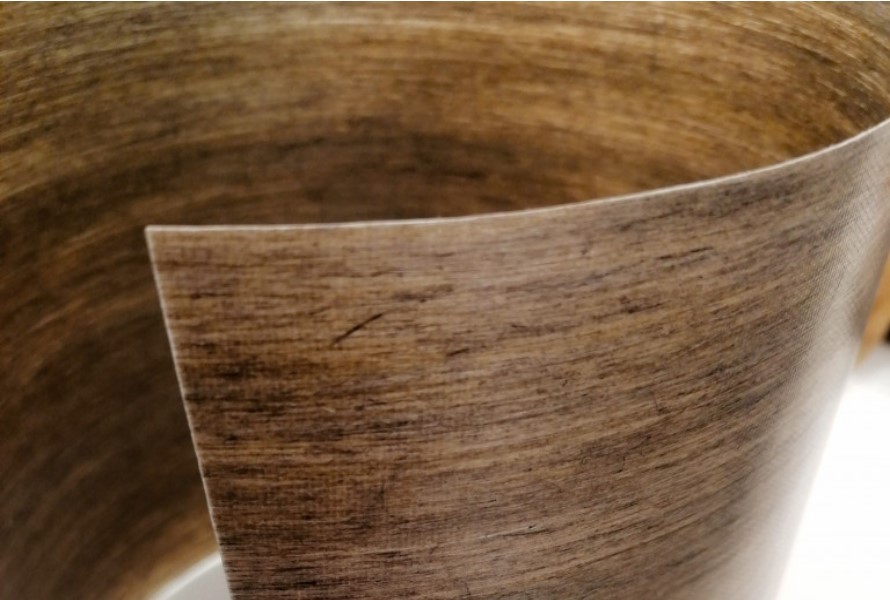
Protein-based bioplastics
To make these polymers more environmentally friendly and sustainable, biodegradable polyesters are included. Protein-based bioplastics are:
- Biodegradable
- Versatile in applications
- Potentially edible
- Safe for food contact
1.4. Aliphatic Polyesters Bioplastics
Aliphatic polyester bioplastics include polyhydroxyalkanoates (PHA), poly-3-hydroxybutyrate (PHB), poly-hydroxy-hexanoate (PHH), and poly-hydroxy-valerate (PHV). Though the material is brittle, it can be reinforced by mixing with additional polymers.
PHA is one of the natural materials produced from renewable resources, such as vegetable oils and sugars. It is:
- Biodegradable
- Compostable
- Easy to tailor to meet specific requirements
PHB is made from microorganisms that break down glucose, maize starch, or wastewater. It's increasingly popular in South America. The material is:
- Transparent
- Resistant to degradation
1.5. Polylactic acid (PLA) Bioplastics
Plant sugars such as corn starch or sugar cane turn into PLA after going through the fermented process.
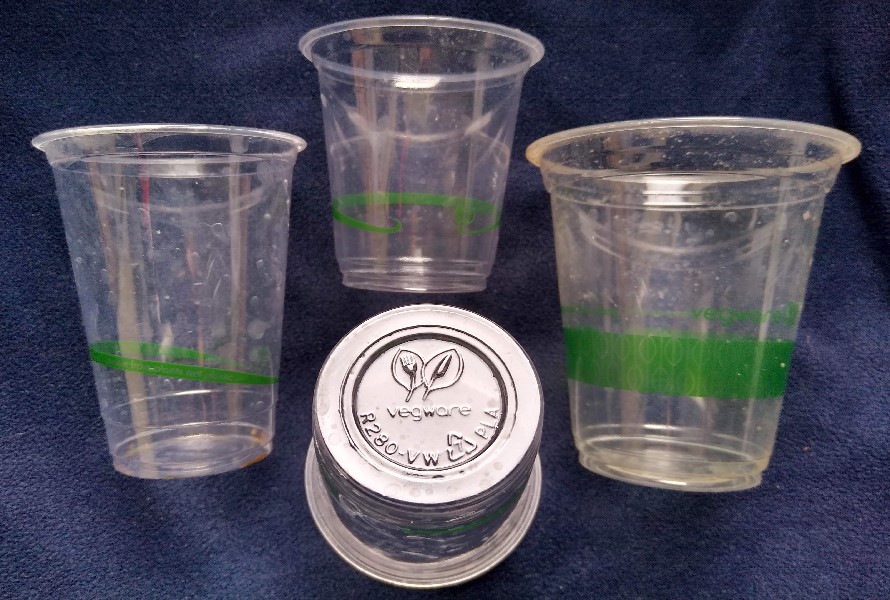
PLA cups
The material is popular for packaging applications since it's:
- Biodegradable
- Compostable
- Versatility
1.6. Bio-derived Polyethylene
Bio-derived polyethylene is known as renewable polythene and is made from ethanol. It's chemically and physically identical to synthetic polythene but is not biodegradable. However, it's still among the natural materials that produce less carbon dioxide than polyethylene derived from petroleum. Many products include ethanol, which is derived from sugar cane, wheat grain, corn, and sugar beet.
Bio-derived polyethylene is:
- Durable
- Flexible
- Carbon neutral
- Renewable
1.7. Polyamide 11 Bioplastic
Polyamide 11 or Nylon 11 plastics belong to the nylon family. Although these polymers don't biodegrade, they produce fewer greenhouse gasses in the process.
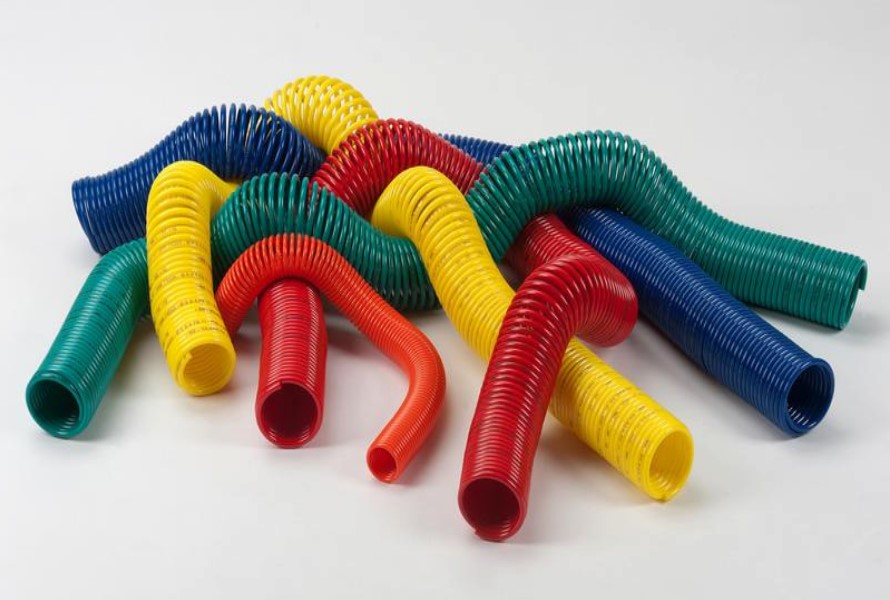
Polyamide 11 Bioplastic
These plastics provide:
- High electrical resistance
- High performance
- Low carbon footprint
1.8. Polyhydroxy Urethane Plastics
Polyhydroxy Urethane is formed by condensation of cyclic carbonates and polyamides. Plastics combine the benefits of biodegradability with versatile applications. Similar to other natural materials, the advantages of Polyhydroxy Urethane plastic include:
- Thermal stable
- Versatile
- Renewable
- Biodegradable
- Reduced environmental footprint
- Typically non-toxic
1.9. Genetically Modified Bioplastics
Genetically modified bioplastics are biodegradable polymers made from some bacterial species. They are:
- Biodegradable
- Remarkably flexible
- Sustainable
- Innovative
2. Applications Of Bioplastics Made From Natural Materials
Here are some highlighted applications of these natural materials:
| Cellulose-based Bioplastics |
Packaging materials, films, coatings, textiles, automotive parts. |
| Starch-based Bioplastics |
Packaging films, disposable cutlery, foam packaging, agricultural mulch films. |
Protein-based bioplastics
|
Edible films, food packaging, medical sutures, adhesives, coatings. |
Aliphatic polyesters bioplastics
|
Packaging materials, agricultural films, medical implants, disposable items. |
Polylactic acid (PLA) Bioplastics
|
Polylactic acid (PLA) Bioplastics
Films, fibers, plastic bottles, cups and containers. |
Polyamide 11 Bioplastic
|
Oil, gas, textile, automotive, aerospace, electronics, electric, metal coatings, sports industries. |
Bio-derived polyethylene
|
Rigid and flexible packaging, bags, closures.
|
Polyhydroxy Urethane Plastics
|
Insulation of refrigerator, car parts, tires, sealants, foams, coatings, adhesives, mattress, paints, wood panels, shoes soles, sportswear. |
Genetically modified bioplastics
|
Packaging industries
|
3. Conclusion
Above are the most popular natural materials for bioplastics. Because they are renewable and environmentally beneficial, bioplastics offer several benefits over polymers derived from petroleum. Businesses are encouraged to use bioplastics as an alternative to synthetic plastic to improve the sustainability, cleanliness, and greenness of the environment.
4. An Introduction to Bioplastics from EuroPlas
As a professional in the masterbatch industry, EuroPlas understands the demand for biodegradable plastic for sustainable development and the environment. Therefore, we've developed Bioplastic Compounds and Bio Fillers.
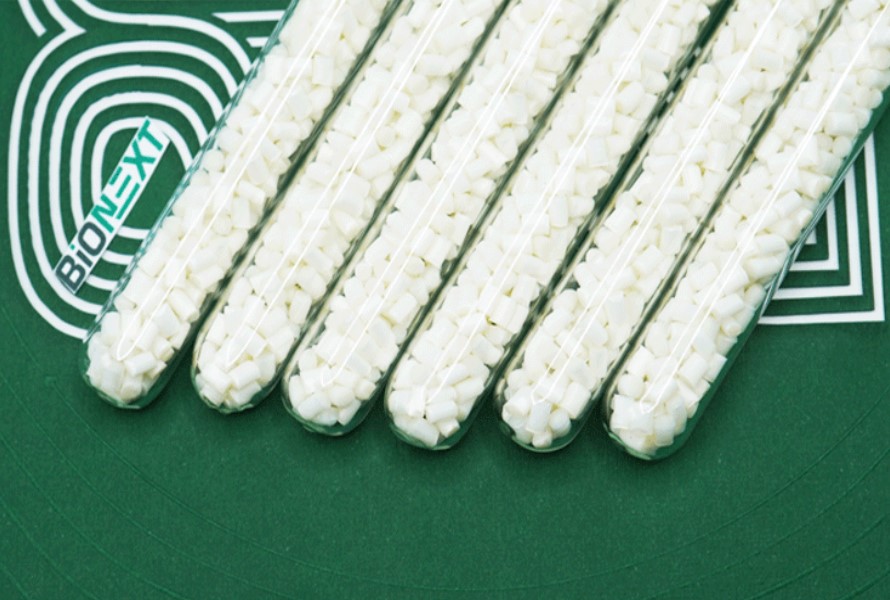
EuroPlas understands the demand for biodegradable plastic for sustainable development and the environment.
BioNEXT is a bio compound that can be decomposable within a year after use. Our products are environment-friendly and possess many outstanding features. We've made it through strict quality control management to meet all the requirements.
Here is the list of Bioplastic Compound from EuroPlas:
- BiONext 102 - a bio-compound made of bioplastic and CaCO3
- BiONext 152 - a bio-compound made of bioplastic and CaCO3
- BiONext 400 - a bio-compound based on bioplastic and modified starch powder
- BiONext 500 - a bio-compound based on bioplastic and reinforced CaCO3 powder
- BiONext 600 - a bio-compound based on bioplastic, talc and other specific additives
- BiONext 700 - a bio-compound based on bioplastic and specific plasticizers
Bio Filler from EuroPlas is a cost-effective material solution for bioplastic products. It's a biodegradable material that improves several properties of end-products, such as stiffness, gloss, etc. It can act as an anti-block and slipping agent in blown film.
List of Bio Fillers from EuroPlas:
- BiOMates 01: A mixture of bio resin, modified CaCO3 and dispersion additives.
- BiOMates 02: A blend of bio resin, modified BaSO4 and dispersion additives.
- BiOMates 03: A combination of bio resin, modified talc and dispersion additives.
Don’t hesitate to contact EuroPlas for more details on these bioplastics!